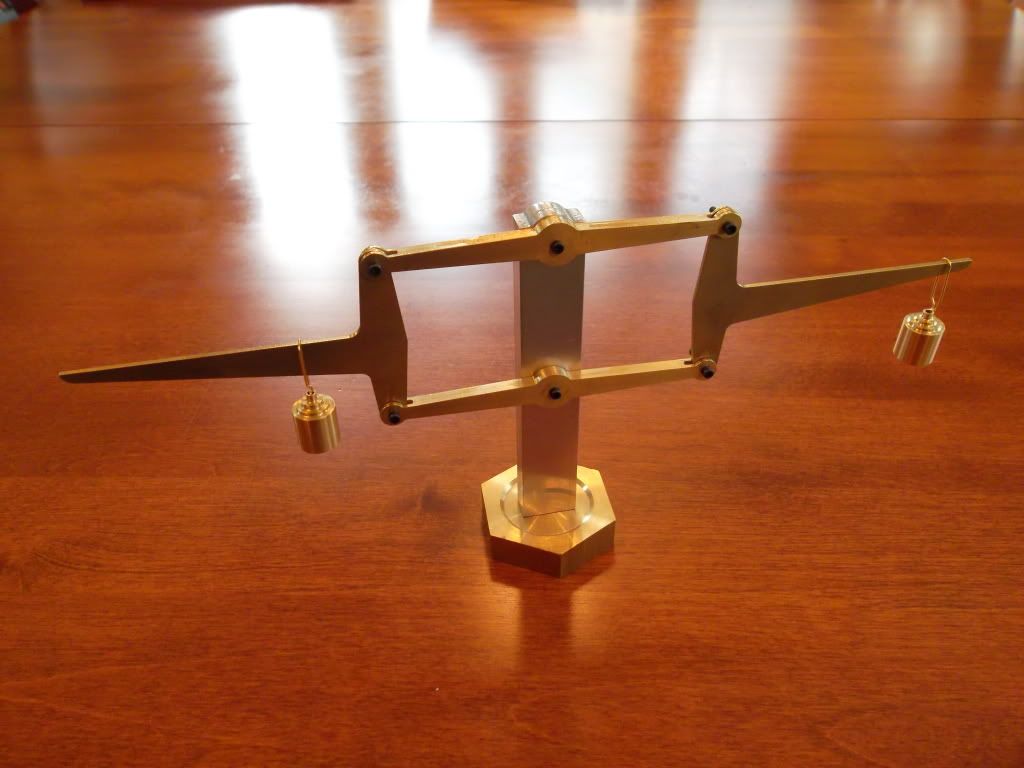vascon2196
Well-Known Member
- Joined
- Oct 2, 2009
- Messages
- 1,026
- Reaction score
- 312
I just finished the Lever Paradox from the November/December issue of Home Shop Machinist magazine...very cool.
This was the first time I fussed with polishing. I have a lot of practice ahead of me!

Chris
This was the first time I fussed with polishing. I have a lot of practice ahead of me!

Chris




